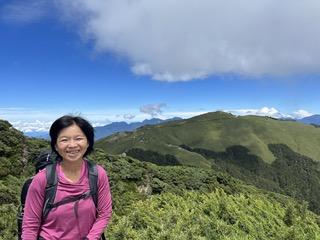Event
Special Condensed & Living Matter Seminar: Mechanobiology in vivo and in 3D
Keng-hui Lin (Academia Sinica, Taiwan)

This talk will have two parts. The first part concerns the mechanical wave observed in the wound healing of zebrafish tailfin. Highly regenerative animals can regrow lost appendages and the rate of regrowth is proportional to the amount of appendage loss. This century-old phenomenon prompted us to investigate whether the mechanism of wound healing, as the first stage of regeneration, is responsible for discerning the
amputation position. In vitro studies have revealed insights into the mechanics of the wound-healing process, including the identification of mechanical waves in collective epithelial cell expansion. It has been suggested that these mechanical waves may also be involved in positional sensing. We performed live-cell imaging on adult zebrafish tailfins to monitor the collective migration of basal epithelial cells on tailfin amputation. We observed a cell density wave propagating away from the amputation edge, and we developed a mechanical model to explain this wave behavior. The second part of the talk describes our long-term efforts to use spherical pores as 3D cell cultures. Microwell arrays have emerged as three-dimensional substrates for cell culture due to their simplicity of fabrication and promise for high-throughput applications such as 3D cell-based assays for drug screening. To date, most microwells have had cylindrical geometries. Motivated by our previous findings that cells display 3D physiological characteristics when grown in the spherical micropore of monodisperse foam scaffolds, we describe effects in engineered novel microwells shaped as spherical caps with obtuse polar angles..
